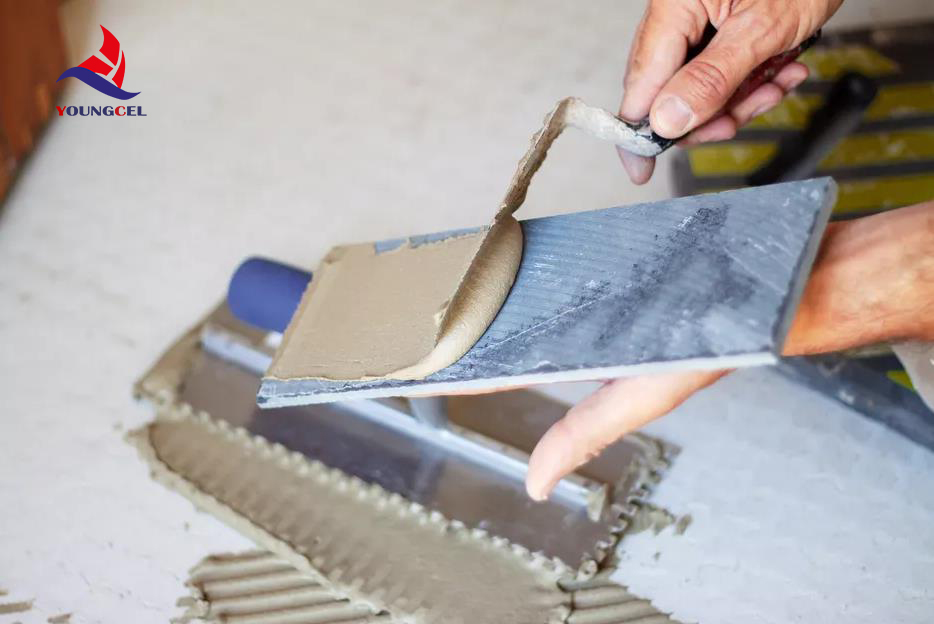The Role of Cellulose and HPMC in Paint Formulations
In the quest for high-performance paints, the selection of additives is critical to enhance the properties of the final product. Among these additives, cellulose derivatives, particularly Hydroxypropyl Methylcellulose (HPMC), have gained significant attention in the paint industry due to their multifaceted benefits.
What is HPMC?
Hydroxypropyl Methylcellulose is a cellulose ether that is produced by the modification of natural cellulose. This polymer is known for its excellent ability to impart thickening, binding, and film-forming properties to aqueous systems, making it an essential ingredient in many water-based paints. Typically, HPMC is available in various grades, each offering distinct viscosity and performance characteristics that suit different applications.
Enhancing Paint Properties
One of the primary reasons for incorporating cellulose and HPMC into paint formulations is to improve their rheological properties. Rheology refers to the flow and deformation behavior of materials, which is crucial in ensuring that paint can be easily applied and provides an even finish once dried. HPMC helps in controlling the viscosity of paint, preventing issues such as sagging and dripping during application. This is particularly important when employing paint in vertical applications or on uneven surfaces, where maintaining a uniform coating is essential.
In addition to viscosity control, HPMC serves as a stabilizer that enhances the stability of paint formulations by preventing pigment settling and aggregation. This characteristic is vital for maintaining color consistency and ensuring that the paint remains homogeneous during storage and application.
cellulose hpmc for paint

Water Retention and Drying Properties
Another significant advantage of using HPMC in paint formulations is its exceptional water retention capability. HPMC can retain water within the paint mixture, allowing for extended open time during application. This trait enables painters to manipulate the paint for a longer period without the material drying too quickly. Moreover, effective water retention ensures that the paint adheres properly to surfaces, leading to better film formation and durability once dry.
The drying properties of paint are critical to its performance. By utilizing HPMC, formulators can enhance the drying characteristics of paints, resulting in films that are not only quick-drying but also exhibit reduced risks of cracking and peeling. This ensures that the final finish is resilient and maintains aesthetic appeal over time.
Environmental Considerations
As the paint industry moves towards more environmentally friendly practices, HPMC serves as a favorable option. Being derived from natural cellulose, HPMC is a biodegradable product, which means it aligns with the growing demand for sustainable alternatives in paint formulations. Additionally, the use of HPMC in water-based paints reduces the need for harmful solvents, leading to lower emissions of volatile organic compounds (VOCs). This makes HPMC-inclusive paints safer for both applicators and end-users while positively impacting the environment.
Conclusion
The integration of cellulose derivatives, such as Hydroxypropyl Methylcellulose, into paint formulations has revolutionized the industry by enhancing the performance and environmental suitability of paints. Whether through improving rheological properties, enhancing water retention, or contributing to quicker drying times, HPMC plays a pivotal role in delivering high-quality paint products. As we move forward, the continued exploration of HPMC and cellulose as additives will likely yield even more innovative solutions, catering to both functional performance and ecological sustainability in the paint industry. In conclusion, the significance of cellulose and HPMC in the formulation of paints can hardly be overstated, setting the stage for future advancements in this vital sector.
-
Rdp Powder: Key Considerations for Wholesalers in the Building Materials IndustryNewsJul.08,2025
-
Key Considerations for Wholesalers: Navigating the World of Hpmc - Based ProductsNewsJul.08,2025
-
Hpmc Detergent: Key Considerations for WholesalersNewsJul.08,2025
-
Key Considerations for Wholesalers: China Hpmc For Tile Adhesive, Coating Additives, Concrete Additives, and MoreNewsJul.08,2025
-
Crucial Considerations for Wholesalers: Navigating the World of Construction MaterialsNewsJul.08,2025
-
Key Considerations for Wholesalers Sourcing Additive For Cement, Additive For Concrete, Additive For Putty from Additive Manufacturer Shijiazhuang Gaocheng District Yongfeng Cellulose Co., Ltd.NewsJul.08,2025




